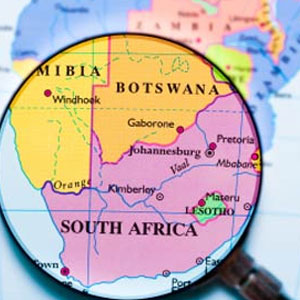Cape Town – South Africa is one of four countries categorised by the McKinsey Global Institute as a “slow grower”.
South Africa and three other countries – Libya, Egypt and Tunisia, countries that were all affected by the Arab Spring – together grew at 1.3% per year between 2010 and 2015. This is 1.6 percentage points lower than the 2.9% a year global average over the same period.
In its report, titled Realising the potential of Africa’s economies, the McKinsey report said South Africa is experiencing low growth and high unemployment despite promising opportunities that could spur development.
There is no doubt that Africa’s overall growth performance of 3.3% between 2010 and 2015 has been dragged down in recent years by a sharp slowdown in particular economies, the report said.
“The economies of Egypt, Libya, and Tunisia were badly affected by the political turmoil of the Arab Spring, and Africa’s oil exporters were left vulnerable to the decline in oil prices.”
The report noted that some economies have weathered the economic storms better than others. But in South Africa growth lagged behind the rest of sub-Saharan Africa in recent years.
Despite being a “slow grower” South Africa featured among the top countries as far as manufacturing output is concerned.
The continent’s total manufacturing output was worth around $500bn of which the vast majority was focused in five countries – South Africa, Egypt, Morocco, Nigeria and Tunisia.
South Africa was also named as one of the countries, which showed promise in the area of global innovation for local markets. The country’s automotive sector, for example, added nearly $5bn in incremental revenue between 2010 and 2015.
Rob Davies, Minister of Trade and Industry is on record saying South Africa continues to attract large investments with leading global companies which are particularly interested in South Africa’s automotive manufacturing sector.
According to the report there are significant opportunities for South Africa in agro-processing, service exports and manufacturing.
Consumer confidence and spending in South Africa have also taken a dip in recent years. Consumption fell from 3.1% a year in 2010 to 2014 to 1.6% between 2014 and 2015, while South Africa’s share of household consumption is expected to decrease from 15% in 2005 to 12% in 2025.
